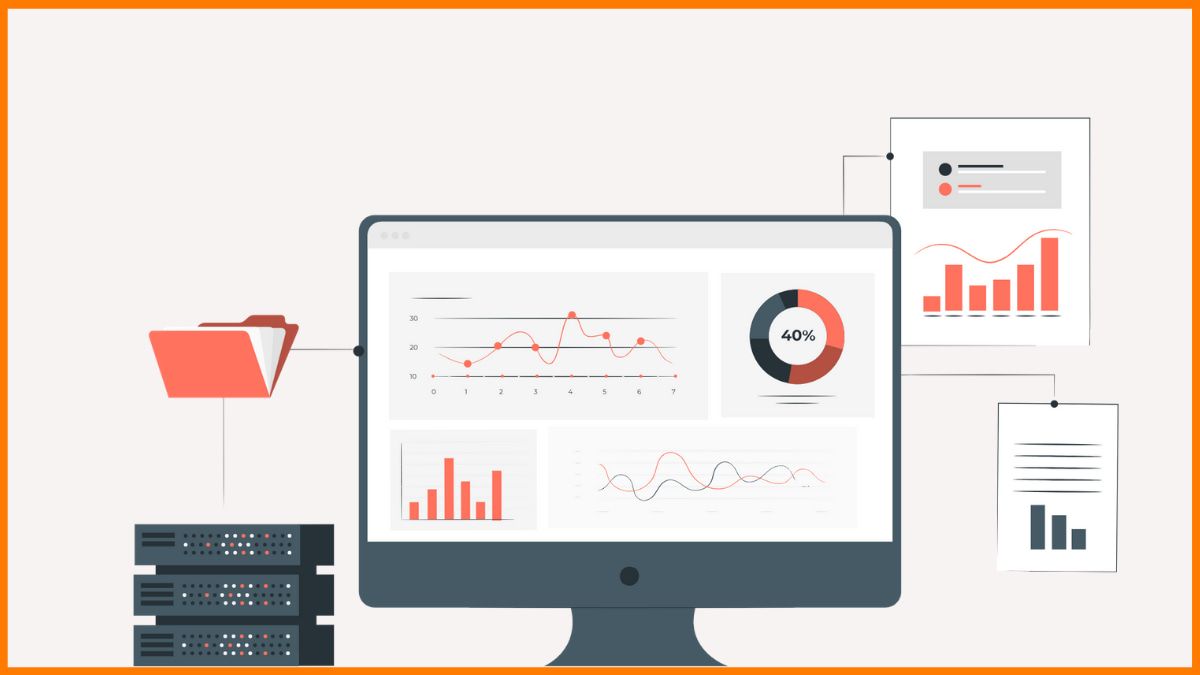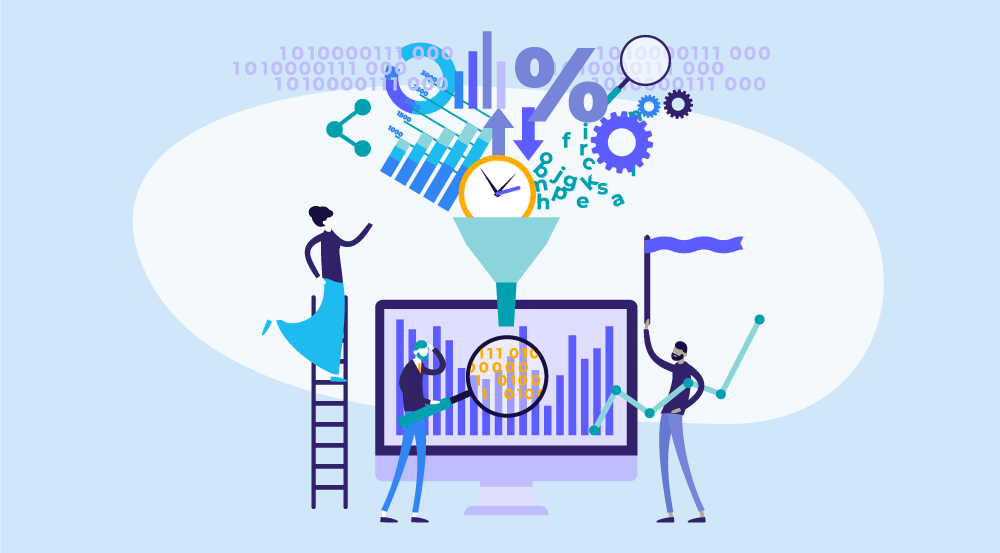Data integration involves merging information from diverse origins into a cohesive and uniform perspective. Data integration is essential for modern businesses, as it enables them to leverage the power of data for analytics, business intelligence, decision making, and innovation.
However, data integration is not a one-size-fits-all solution. There are many types of data integration techniques and technologies, each with its own advantages and disadvantages. Let’s delve into data integration techniques through this article:
What are the Main Types of Data Integration Techniques?
ETL (Extract, Transform, and Load):
This is the old way of putting data together. First, we take data from different places. Then, we change it to fit our business rules. Finally, we put it all into a final system, like a data warehouse or data lake. ETL works well when we move lots of data all at once, like on a schedule.
ELT (Extract, Load, and Transform):
In ELT, you take data from different places, put it into a main system, and then change it there. ELT works well for putting data together in the cloud. The data sits in a big and flexible space, like a data lake, and gets worked on using tools like SQL, Spark, or Python.
EAI (Enterprise Application Integration):
This method links various applications in a company, like CRM, ERP, or HRM, allowing them to share and communicate data. EAI works well for quick data integration, moving small amounts of data frequently in real-time or near-real-time.
ESB (Enterprise Service Bus):
This is a data integration technique that provides a centralized platform for connecting, routing, and managing data flows between different applications and services within an enterprise. ESB is suitable for service-oriented architecture (SOA), where data is exposed and consumed as services using standard protocols and formats, such as SOAP, REST, or XML.
API (Application Programming Interface):
This is a data integration technique that provides a set of rules and specifications for accessing and exchanging data between different applications and systems. API is suitable for web-based data integration, where data is accessed and consumed over the internet using standard methods and formats, such as HTTP, JSON, or XML.
Data Virtualization:
This is a data integration technique that provides a unified and abstracted view of data from different sources, without physically moving or storing the data. Data virtualization is suitable for on-demand data integration, where data is accessed and queried in real-time using a virtual layer, such as a data federation server or a data catalog.
Data Federation:
This is a data integration technique that combines data from different sources into a single logical view, without physically moving or storing the data. Data federation is similar to data virtualization, but it focuses more on the query processing and optimization aspects, rather than the data access and abstraction aspects.
What are the Top Best Data Integration Techniques for 2024?
Based on the previous evaluation and comparison, we have selected the top best data integration techniques for 2024, based on their relevance, popularity, and potential for the future of data integration. These are:
Platforms for integrating data powered by AI:
These platforms utilize artificial intelligence and machine learning to automatically and enhance tasks related to data integration. These tasks include data discovery, data quality improvement, data transformation, data orchestration, and data governance. The use of AI enables these platforms to efficiently scale, handling larger data volumes and complex processing tasks. This scalability enables organizations to maintain agility and meet growing data requirements. Examples of such AI-powered data integration platforms include IBM DataStage, Google AI Platform, and Oracle Data Integrator.
Application integration guided by data:
This method of integrating data links diverse applications based on the data they generate and utilize, disregarding the protocols or formats they employ. This approach allows data to move effortlessly among applications, irrespective of their location, structure, or technology. The utilization of data-driven application integration has the potential to enhance business agility, efficiency, and innovation by facilitating data-centric processes and workflows. Examples of tools for data-driven application integration include Celigo, Informatica Cloud Application Integration, and SAP Cloud Platform Integration.
Data integration in a cloud-native environment:
It means using the benefits of cloud computing, like being able to grow, adjust, and stay strong, to offer customized data integration services for cloud platforms. This method is good at dealing with different types of data, like organized, unorganized, sets, and flowing, and can handle various ways of integrating data, such as ETL, ELT, EAI, ESB, API, and data virtualization. Choosing cloud-native data integration can make the process easier and less complicated, cutting down on both cost and complexity by using tools and services based in the cloud. Some well-known examples of cloud-native data integration tools are Azure Data Integration, AWS Data Integration, and Talend Cloud Data Integration.
Instantaneous data integration:
This way makes data quickly move between various systems, apps, or devices all the time. Unlike the usual batch processing, which gathers and handles data at set times in fixed pieces, real-time integration works almost immediately. This method gives on-time and accurate data, helping make informed decisions, find new chances, and rapidly deal with new threats. Tools like Datastream, Oracle GoldenGate, and Arcion are examples of real-time data integration.
Hybrid data integration:
This approach mixes on-site and cloud data integration. It lets users get and share data through any app, no matter where the data is. Hybrid data integration gives users choices to blend data in their digital setup, making sure data quality, rules, security, and privacy are maintained. It also helps move smoothly to the cloud by using existing on-site investments. Examples of hybrid data tools are Azure Arc, SAP Data Integration, and Talend Database Integration.
Conclusion
Data integration is a vital process for modern businesses, as it enables them to leverage the power of data for analytics, business intelligence, decision making, and innovation. However, data integration is not a one-size-fits-all solution. There are many types of data integration techniques and technologies, each with its own advantages and disadvantages.
If you require further assistance with data integration, reach out to us at OnextDigital, a top digital agency offering services like web development, mobile app development, UX/UI design, and white label software. Our skilled team can assist with your data integration projects, providing tailored solutions. Whether it’s integrating data across platforms or systems, we can help you meet your goals. Contact us today to discuss your data integration needs.






